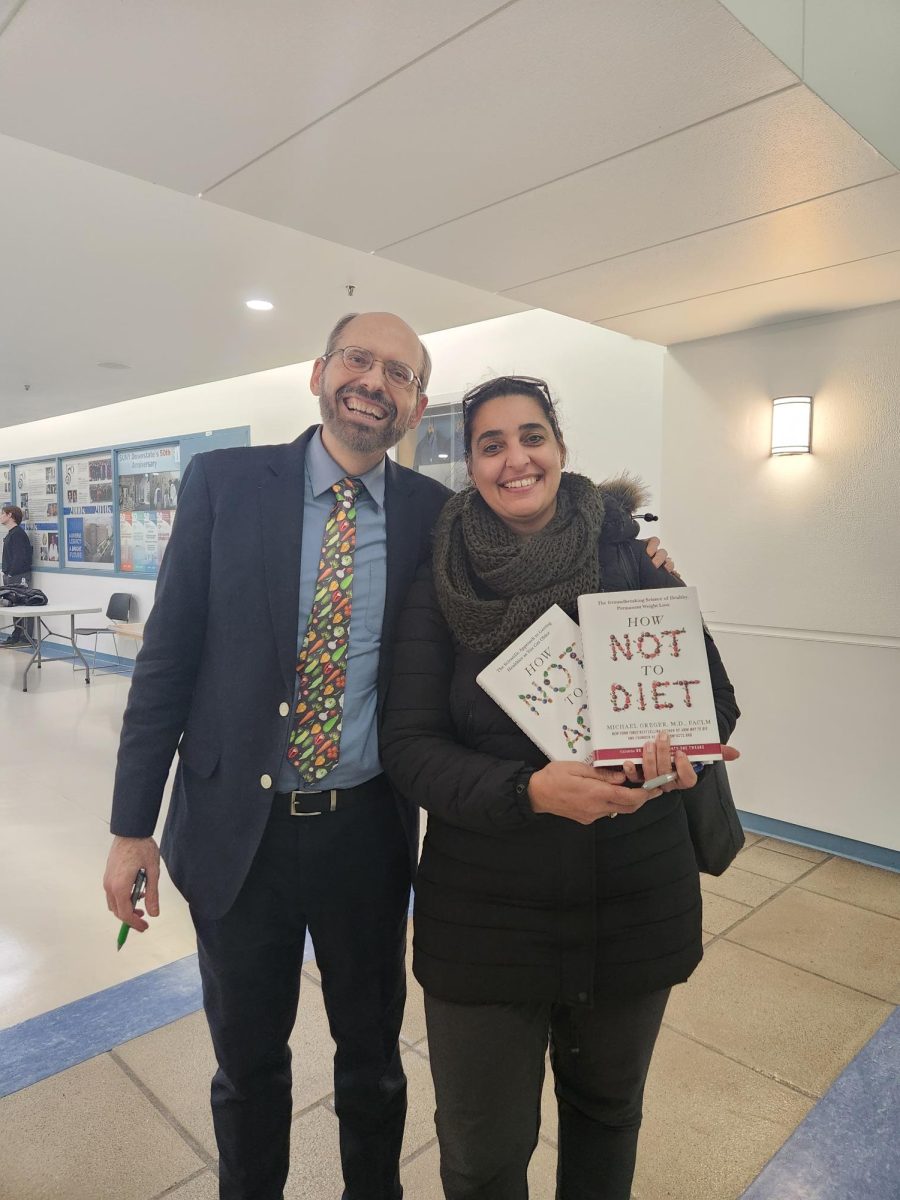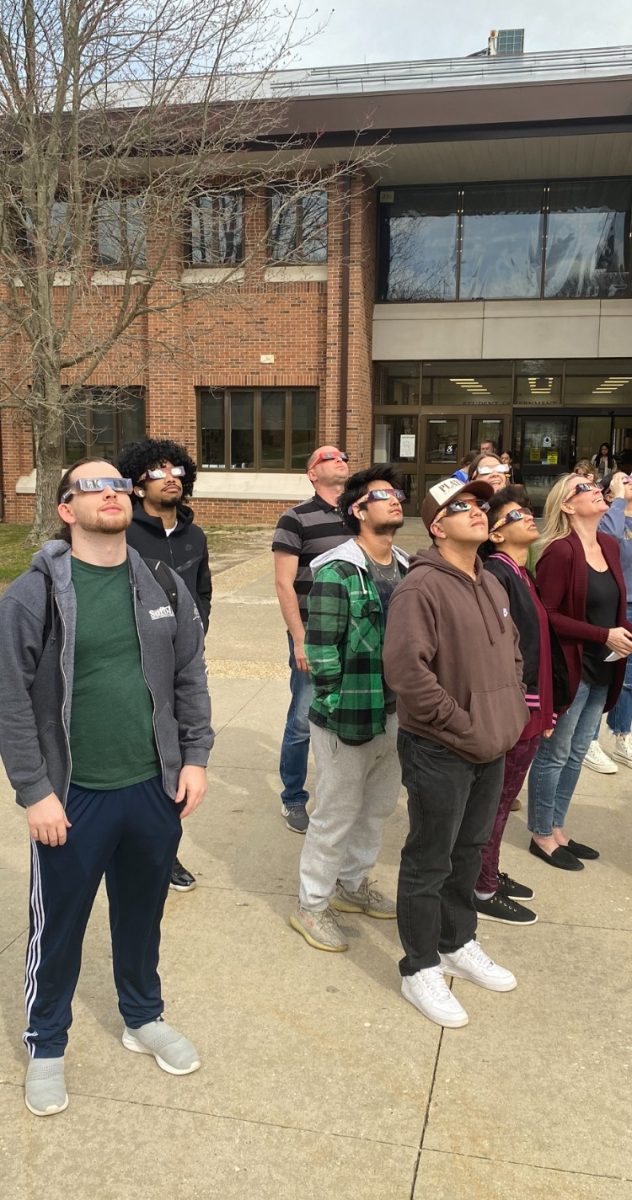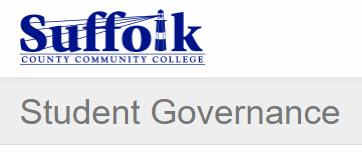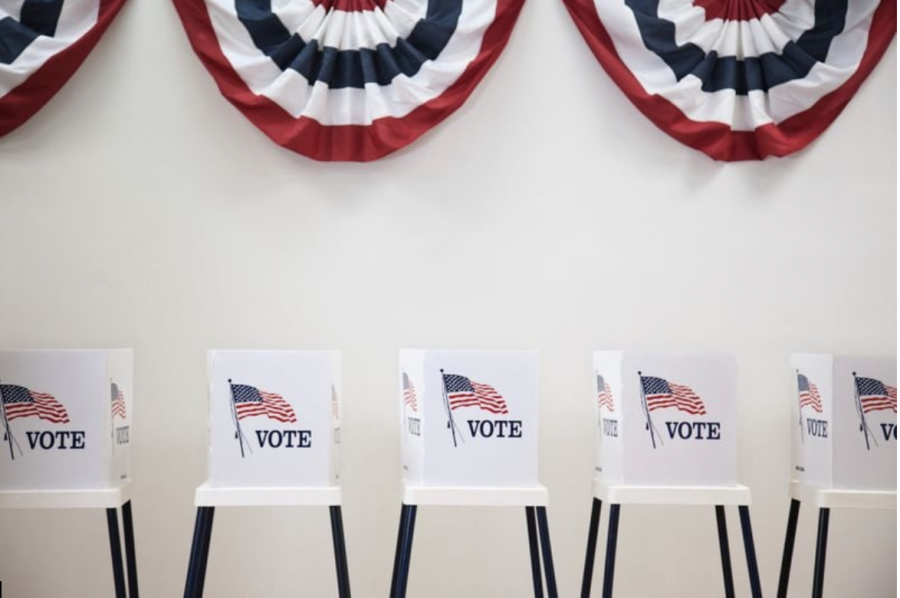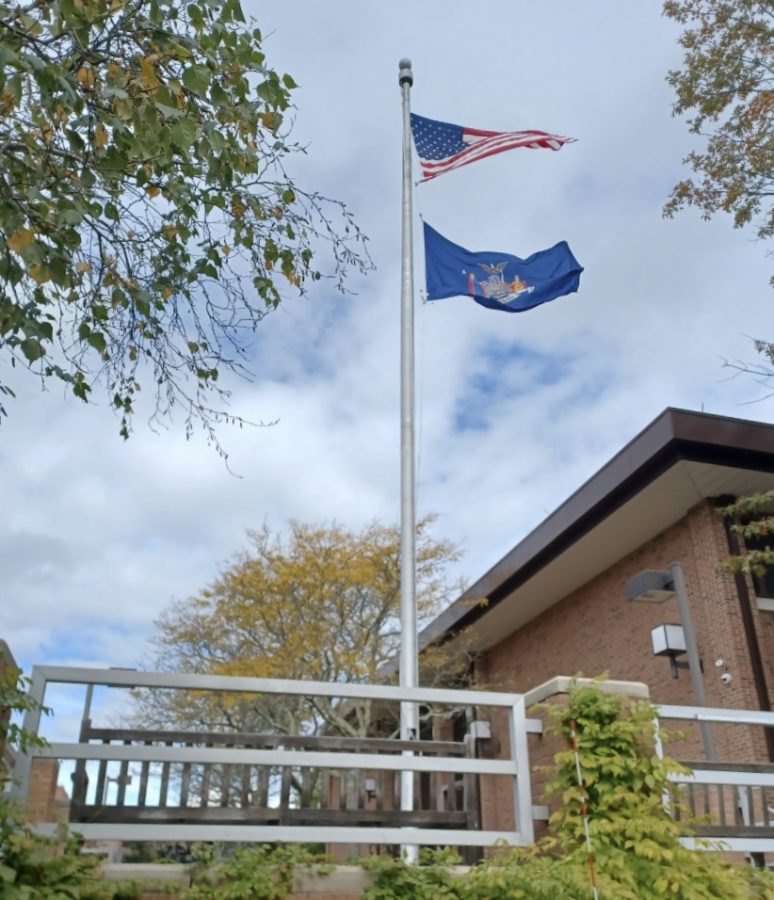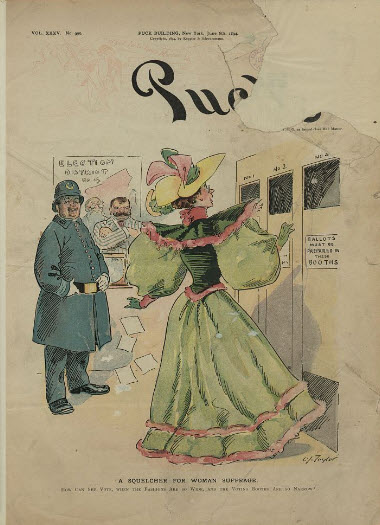The CEO Pay Gap: America’s Infection
I’m terrified of joining the workforce. Long Island is an extremely expensive place to live. The unavoidable future of living on my own and being independent looms on the horizon. I have no idea if I’ll find a well-paying job when I move out. Minimum wage here is among the highest in the country, but for many reasons, it’s not a lot to live on. One of the least discussed reasons, I feel, is the CEO pay gap: the wage gap between how much a CEO is paid as compared to their average employee. For example, a CEO-to-employee pay ratio of 20:1 means that the CEO is making $20 for every $1 the average worker makes.
Now that we have a definition of the CEO pay gap, let’s look at this complex topic.
Expedia, McDonald’s, Yum! Brands. What do these companies have in common? Their CEO-to-employee pay ratio is in the 2,000s. That’s not even including the massive outlier that is Amazon, whose ratio comes in at an astounding 6,474:1. Most Americans know there is a discrepancy between the salary of the average worker and the David Gibbs’s and Andy Jassy’s of the country. Many, however, have no idea just how big the gap has become. Americans need to be more aware of how outrageously large the CEO pay gap has grown and to consider what might be done about it.
There has long been a pay gap, but it has become substantially significant, especially immediately before and after the 2020 COVID-19 pandemic. From post-WWII through the mid-1970s, the difference in pay was more reasonable. CEOs had the same or more responsibilities, and minimum wage more closely followed inflation. So, considering the cost of living at the time, workers were being paid more fairly.
According to a 2021 article in The Guardian by Indigo Olivier, American CEOs now make an average of 351 times more than workers; the ratio in 1965 was a mere 15:1, which was minor compared to what products and services cost then. However, it’s now 2022. Prices have gone up, but the minimum wage hasn’t kept pace. CEOs are earning far more, while the average worker struggles to get by.
According to Olivier, the pay gap increased exponentially from 2019 to 2020, increasing by 18.9% within a single year. The Guardian reports that between 2020 and 2021, the gap went from 604:1 to 670:1.
In the meantime, employee wages are at a standstill. While some states have increased their minimum wage (California, New York, Massachusetts), others are falling behind (Indiana, Georgia, North Carolina). According to Olivier, “…[T]he federal minimum wage would be $24 an hour today had it kept pace with worker productivity….” It is nowhere near this amount, and a primary reason is because CEOs pocket the money that could be going to the people in the lower-status job positions.
A saying among management is “Never waste a good crisis.” CEOs will take advantage of disasters (wildfires, floods, etc.) to make themselves a little extra money. For example, they might tell customers that there are supply chain issues so that the customers will have to pay more, or they might tell workers that their salary is stagnating because of budget cuts. However, CEOs often pocket the extra cash from such price hikes and wage losses.
CEO’s shady tactics were especially apparent during the pandemic. In a 2022 Brookings Institution piece, “Profits and the pandemic: As shareholder wealth soared, workers were left behind,” Molly Kinder et al. write, “22 companies’ shareholders grew $1.5 trillion richer, while their 7 million workers… received $27 billion in additional pay—less than 2% of shareholders’ gains.” Corporate profits from workers’ labor are redirected to the C-suite and shareholders instead of the individuals keeping the company running. Say Kinder et al.:
At the companies that the pandemic hit hardest, more than 380,000 workers were furloughed and more than 40,000 were laid off. Low-wage workers experienced the brunt of this displacement and economic hardship. But nearly half of these hard-hit companies changed their compensation rules in ways that protected more than $40 million in CEO compensation, even as the companies underperformed and workers lost income.
The article discusses 22 companies seeking to achieve more financial (and racial) equality within their ranks, but statistics show that most fell short. The efforts to lessen the gap between what workers and CEOs pay were little more than lies to make themselves look better. The worst part? These practices aren’t new. CEOs have been making way more than their employees for years; it’s just more widely discussed because the pandemic made it more obvious.
In the video “Wealth Inequality in America” by YouTube creator Politizane, the narrator discusses three graphs: what Americans think the wealth distribution is, their ideal wealth distribution, and the actual data. The first graph is understandable; the poor have little wealth, with only a few below the poverty line, and the wealthy have the bulk of the money. The idea is hopeful – no one’s below the poverty line. There’s still a gap, to be sure, but the slope is much less steep than what Americans expect.
Then, you see the reality. The poorest Americans don’t even appear on the graph, and the middle class is closer to the poor than the wealthy. And the rich? The top percentages don’t even appear on the chart because they’re making so much money. The narrator notes, “1% of America has 40% of all the nation’s wealth”; and, additionally, “80 out of these 100 people only [have] 7% between them.” This video was published in 2012, and the numbers have only grown worse. This poses the question: Is there anything we can do about it?
It’s easy to feel hopeless. With such a significant economic and social gap, how can anyone even get through to the seemingly untouchable class that is the uber-wealthy? One of the best ways to get rich people – especially CEOs – to pay attention is through protests. Protests inspire people to look at their own country, analyze what’s going wrong, and question government inaction in the face of economic disparity.
Beyond protests, in Kinder and associates’ article, the U.S. government must take an active role in ensuring businesses treat their workers fairly: “Specific recommendations include: better employer data for consumers, policymakers, and workers; labor law reform for workers to exercise their power; a raise in the minimum wage; and greater worker voice in corporate governance.” I would add that young adults, including us students at Suffolk Community College, need to pay attention and to vote for change. The ideas for improvement are here; we need to get the government to pay attention and to finally listen to its citizens.
I have no idea if I’m going to find a well-paying job when I graduate. With increasing costs of living and stagnating minimum wage, there’s no guarantee I’ll be able to stay on Long Island. That’s not even considering how much time and money I plan to spend for my degree after Suffolk Community College. I know I’m not alone. There are people doing way better and some doing way worse than me.
But if we’re able to work together and demand our rightful share from these companies based on our labor, meaningful change can be made. After all, there is power in numbers.


